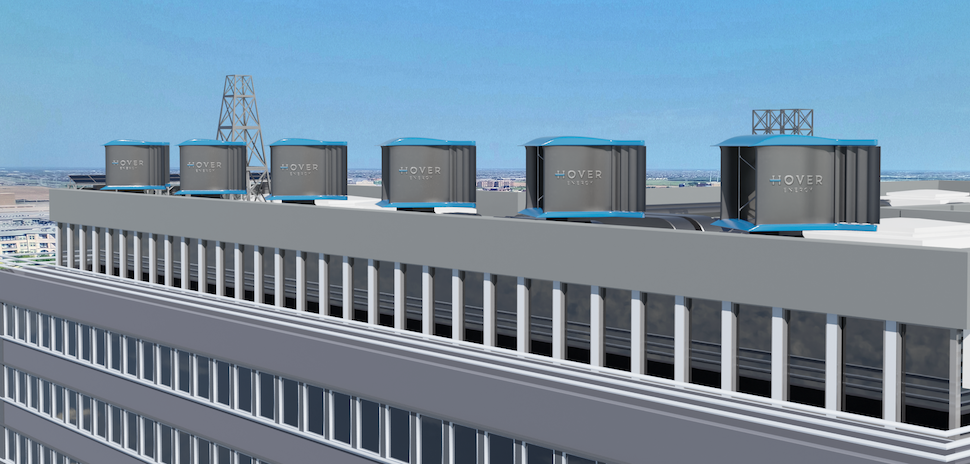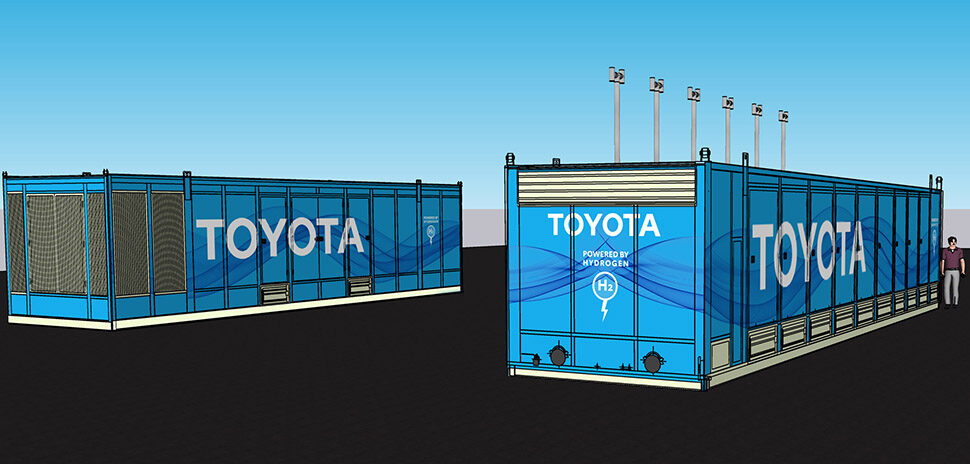Dallas-based Hover Energy has acquired Shine Development Partners in an effort to further its capabilities ahead of scale production and global rollout of its patented wind-powered microgrid.
Hover, a leader in the solar energy solutions industry, said that Shine brings decades of experience financing, installing, and operating renewable energy projects utilizing solar and battery storage.
“As Hover has grown, our challenges have changed dramatically. This acquisition positions us to not only manage that growth better, but also to thrive in our development of Microgrids worldwide,” Hover CEO Chris Griffin said in a statement. “The assets in this transaction currently under development, and the personnel of Shine that have now become Hover, bring depth of value and expertise that truly set Hover at the “head of the class” in Microgrid design, development and deployment.”
More financial details of the acquisition were released.
Hover said the deal not only brings a world-class solar capability in-house, but it gives commercial and industrial customers around the world the technology, experience, and operations support they need to increase energy security, lower power costs, and achieve net zero.
Hover said its mission is to help clients achieve “real zero”, which goes beyond net zero.
Hover’s Wind-Powered Microgrid features a combination of wind and solar energy generation as well as storage if needed, the company said. At the center of the microgrid is Hover’s patented wind turbine.
Installed as an array on the windward edge of a building’s roof, the ground-breaking aerodynamic design uses the building as a sail and delivers commercial-scale power, usually with significantly higher production than rooftop solar alone, Hover said. A direct-drive generator reduces friction and allows for low cut in speeds, the company said.
The solar photovoltaic array installed in the center of the roof acts as a complement to the turbine array, generating power during daylight hours, Hover said. It has designed the entire system with an open architecture to accept any and all production from any source.
The energy captured by all sources is directed to Hover’s Integrated energy management system where the energy is combined, cleaned, and converted into 3-phase AC power, directly linked to the building management system, Hover said.
Any excess power, such as power generated at night, can be stored in batteries, the company said.
Hover said that testing has shown its microgrid can offset 100 percent of a building’s power consumption in most cases.
“Hover brings a truly unique solution to the global energy marketplace. Shine’s extensive experience with the integration and structuring of renewable energy projects is a natural fit for Hover as the company migrates from R&D product development to commercialization at scale”, Shine’s CEO, and now Hover’s COO, Rajiv Pandya said in a statement.
Shine has developed and executed more than 100 solar projects across 10 states and internationally since 2013, including 50 MW of projects currently under contract for future deployment.
![]()
Get on the list.
Dallas Innovates, every day.
Sign up to keep your eye on what’s new and next in Dallas-Fort Worth, every day.


































































